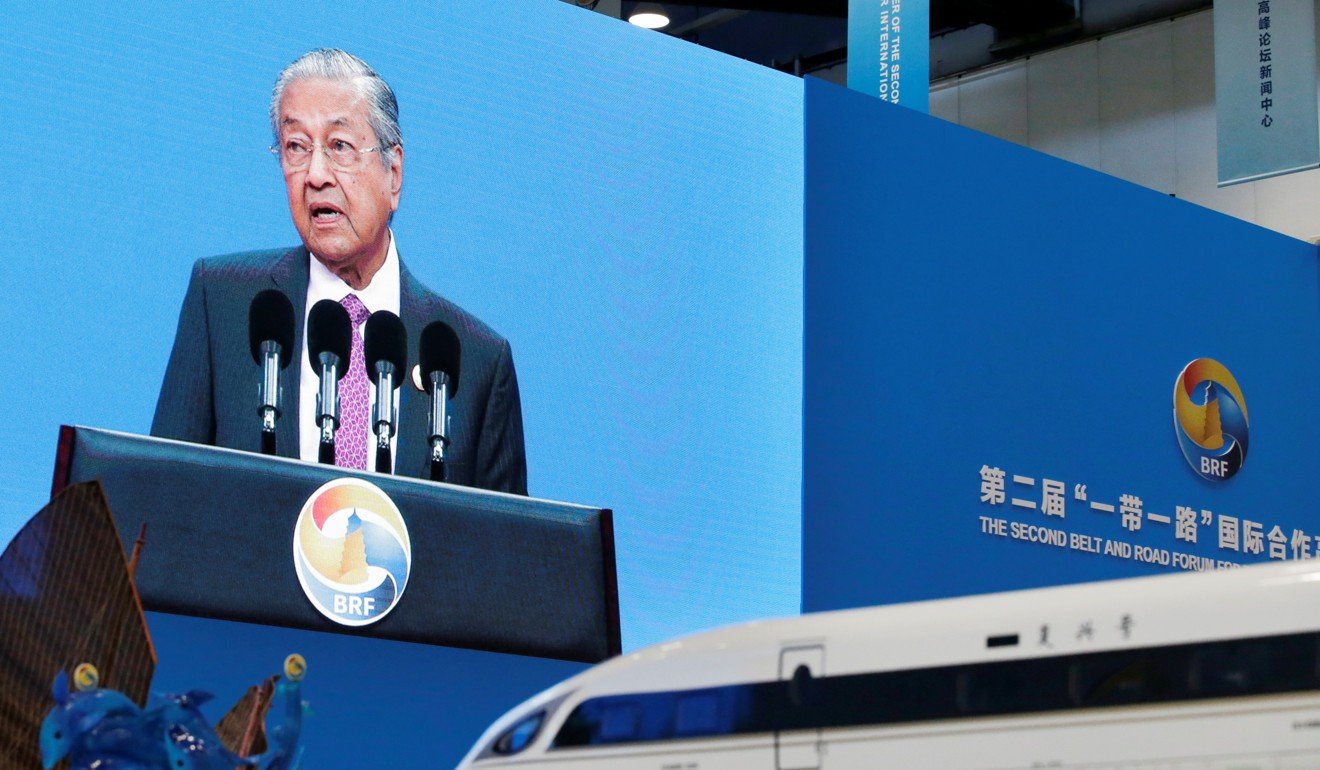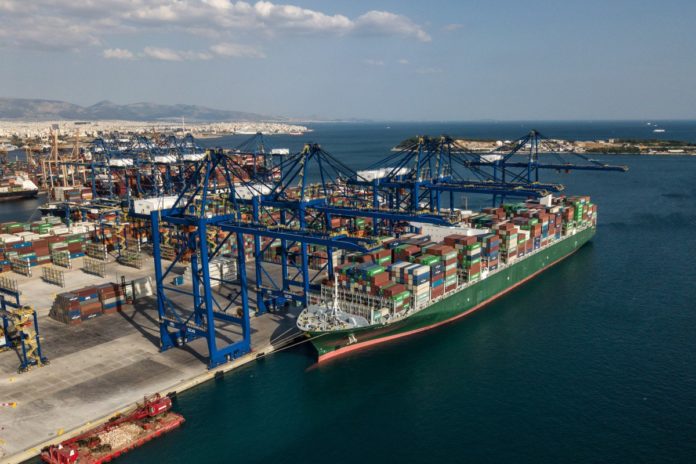-
Report highlights ports and railways that Beijing hopes will yield fast, positive results for local communities and investors
-
They include ports in Pakistan and Greece – both of which have been criticised as ‘vanity projects’ – and the China Railway Express
They appeared in a joint statement signed by China and 37 other countries at the end of the three-day Belt and Road Forum in Beijing on Saturday. And they also featured in a report issued by the Office of the Leading Group for Promoting the Belt and Road Initiative – the top body coordinating the scheme, led by party heavyweight Han Zheng.
China is hoping the infrastructure projects will yield quick, positive results for local communities and investors, and that their success could help Beijing counter criticism and suspicion of its strategy.
“China will be eager to promote these projects if they prove to be successful, but it’s still too early to say whether they can pull it off.”
The highlighted projects could also strengthen the land and maritime trade routes China is seeking to develop through Eurasia.
But China is trying to prove its critics wrong. Under its plan, the
Beijing believes growing trade between China and Europe will transform Piraeus, and it will not become a white elephant.
“Piraeus is a miracle,” said Wang Yiwei, an international relations professor at Renmin University of China in Beijing. “It is one of the fastest growing ports in the world and has created a lot of job opportunities. Its success can show other neighbouring countries, like Italy, the advantage of working with the Chinese.”
The largest Greek seaport is now ranked 36th of the world’s 100 biggest ports, according to Lloyd’s List – up from 93rd in 2008.
In Pakistan, another high-stakes project – Gwadar port – has attracted even more attention from the United States because of its strategic location at the mouth of the Gulf of Oman.
The port is a key part of the China-Pakistan Economic Corridor, a flagship belt and road project. Pakistani Prime Minister Imran Khan said he would review the project after he was elected last year, accusing his predecessor of corruption and a lack of transparency.
But Wang said China’s investment in Gwadar port would produce the tangible results to prove it can benefit Pakistan’s economy.

Railways feature prominently on Beijing’s list of star projects. One example the report highlights is the China Railway Express – a network of railways connecting Chinese southwestern metropolis Chongqing and London.
Steve Tsang, director of the SOAS China Institute in London, said it was likely that the rail link between China and Europe was selected because it was part of the original overland section of the initiative.
But he said the report would not convince international observers it was a “green” trade route, something President Xi Jinping has increasingly stressed is an important aspect of the belt and road.
“[The report] does not in any way provide evidence that this was a progressive or environmentally sound project,” he said.
Launched in 2011, the route – based on an existing railway – will expand so that it eventually links 60 Chinese cities with 50 cities across Central Asia and Europe. More than 14,000 freight trains are expected to use the railway every week.
Beijing in the report said it had made significant progress on the rail link. Other railway projects mentioned include the China-Laos Railway, China-Thailand Railway, Hungary-Serbia Railway, and the Jakarta-Bandung High-Speed Railway.
However, there was no mention of the East Coast Rail link in Malaysia. Malaysian Prime Minister Mahathir Mohamad, who earlier threatened to cancel the deal because of its high cost, this month signed a



























